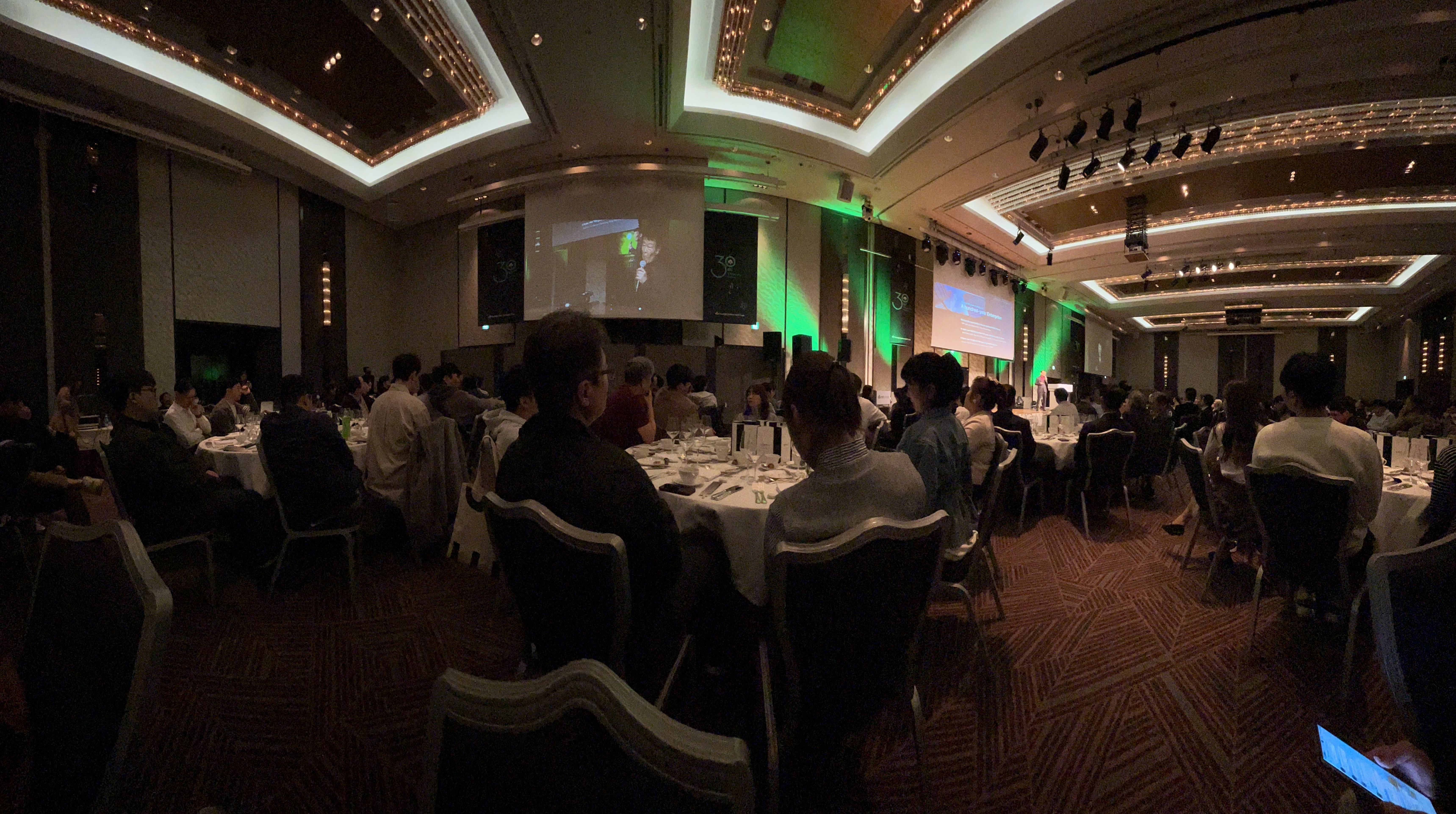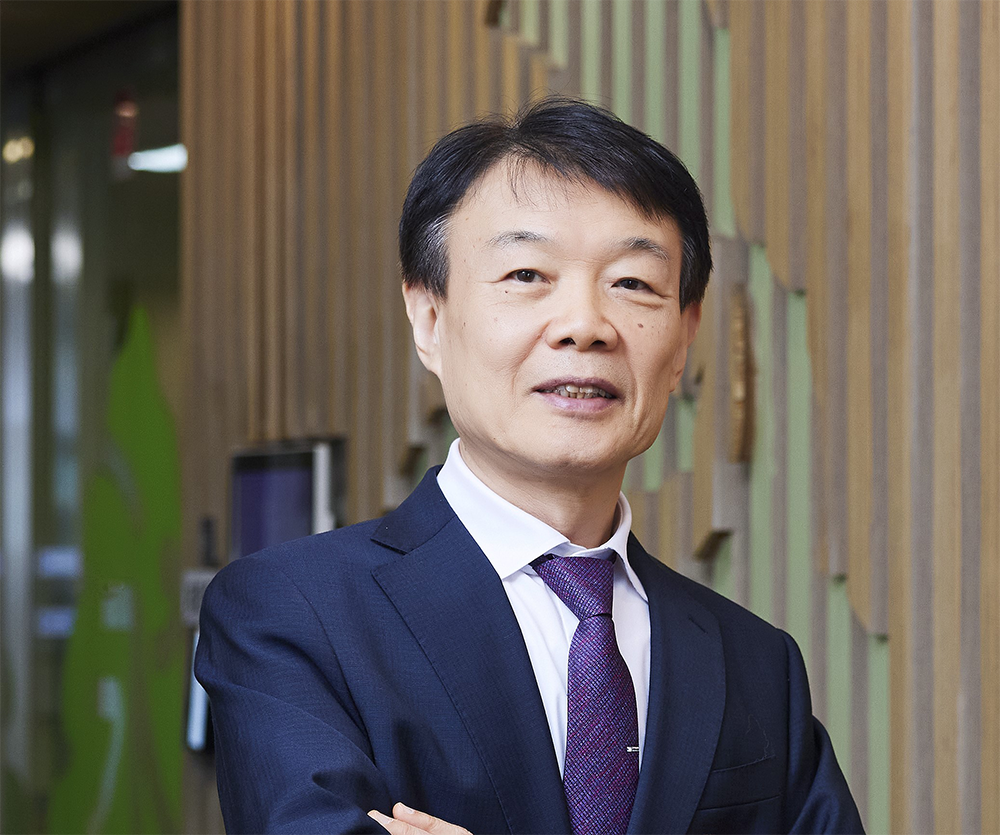Dreaming of taking flight as a ‘digital giant’ in the 21st century

[Ahn Gyeong-Ae’s Column] Dreaming of taking flight as a ‘digital giant’ in the 21st century
Not many people know that the world’s longest-running company is a Japanese company. Even fewer people know that the company has Baekje roots.
The main character is Kongogumi (金剛組), an architectural firm based in Osaka. The founder of this company, which was founded in 578 AD and boasts a history of over 1,400 years, is Hongo Shigetsumi (Korean name Yoo Jung-gwang), a Baekje man who came to Japan at the invitation of Japan’s Crown Prince Shotoku. For 39 generations, Kongogumi built and maintained Japan’s historic buildings, which themselves became history. Nara’s Horyu-ji Five-Storied Pagoda, the world’s oldest wooden structure, and Osaka Castle, one of Japan’s three major castles, are Kongogumi’s works.
The ancient ancestors of the Korean Peninsula, centered on Baekje, introduced everything from agricultural technology, mechanics, and astronomy to Buddhism and art to Japan. Not only Daemok, but also stonemasons and potters went to Japan and created works of art such as buildings, stone pagodas, and pottery. Japan adopted the spirit and culture of at least one million immigrants to the Korean Peninsula around 500 AD, blossoming the Asuka culture and laying the foundation for an ancient nation.
In the 21st century, Korean digital technology, culture, and software are once again making inroads in Japan. Following K-pop, K-content, and K-food, K-digital technology is shaking up the stagnant Japanese society and industry.
A representative example is Naver’s messenger service ‘Line’. The secret to success is thorough localization and a profit-sharing model. Lee Hae-jin, founder of Naver, established Naver Japan in 2000, the second year of its establishment, and struggled for 10 years, traveling back and forth to Japan every week. As a result, the line saw the light.
A hint was given by the fact that Internet SNS remained strong despite a communication blackout during the Great East Japan Earthquake in 2011. Naver developed the line quickly over three months at the time. Afterwards, the line took first place in Japan just one year after its launch. Naver is taking stronger root in Japan based on the power of Line.
In Japan, the home of animation, the power of K-webtoons is also strong. Kakao’s webtoon platform ‘Piccoma’ and Naver’s ‘Line Manga’ are dominating the market. Piccoma, the No. 1 webtoon market in Japan, has earned over 3.4 trillion won in cumulative sales since 2016, with more than 90% of its sales coming from Japan. The cumulative sales of Line Manga, which began service in Japan in 2013, are over approximately KRW 3 trillion.
There is also hope in B2B (business-to-business) IT and software. Younglimwon Soft Lab, which supplies ERP (Enterprise Resource Planning), the framework of corporate management, held a workshop for all employees in commemoration of its 30th anniversary in Osaka, Japan on the 11th and declared its vision to become Asia’s No. 1 ERP company, focusing on Japan. The target is small and medium-sized businesses, which account for 99.7% of the number of companies in Japan, or 4.2 million in number.
The Japanese ERP market is crowded with global and local companies. Global products are too expensive for Japanese small and medium-sized companies to use, and local products have the problem of poor technology and functionality. Younglimwon’s strategy is to delve into that area. Japanese companies do not introduce unproven products and have a strong tendency to continue doing business with companies once they have built trust, making it difficult for foreign companies to establish themselves in the market. Younglimwon’s ambition is to establish itself in the market by joining hands with a 70-year-old Japanese company with 2,500 employees and 30,000 customers. At this event, Younglimwon CEO Kwon Young-beom, who declared that he would become a ‘100-year company’, said that he would learn the longevity DNA of more than 30,000 Japanese companies that are over 100 years old.
The competitiveness that sustained Kongogumi, the world’s oldest company, for over 1,400 years was its expertise and craftsmanship that focused only on temples and traditional wooden houses despite constant change. If the dynamism and flexibility of Korean companies are combined with the consistency and stubbornness of Japanese companies, they will be able to fill each other’s weaknesses and develop their strengths. When Japan, which rarely changes, and Korea, which changes quickly to fit the agile era; Japan, which is stuck on old technologies, and Korea, which quickly adopts new technologies; Japan, which lacks entrepreneurship energy, and Korea, which lacks the market to accept even though numerous startups are created, meet, they meet. There will be a lot to gain.
Wouldn’t it be possible for the ’21st century Kongogumi’ to be born in the Japanese market, which is weak to change and innovation, breaking away from the framework of historical victims and perpetrators? Following the transmission of the ‘cultural code’ of the distant past, I dream of creating another history by transmitting the ‘digital code’.
Head of ICT Science Department.






